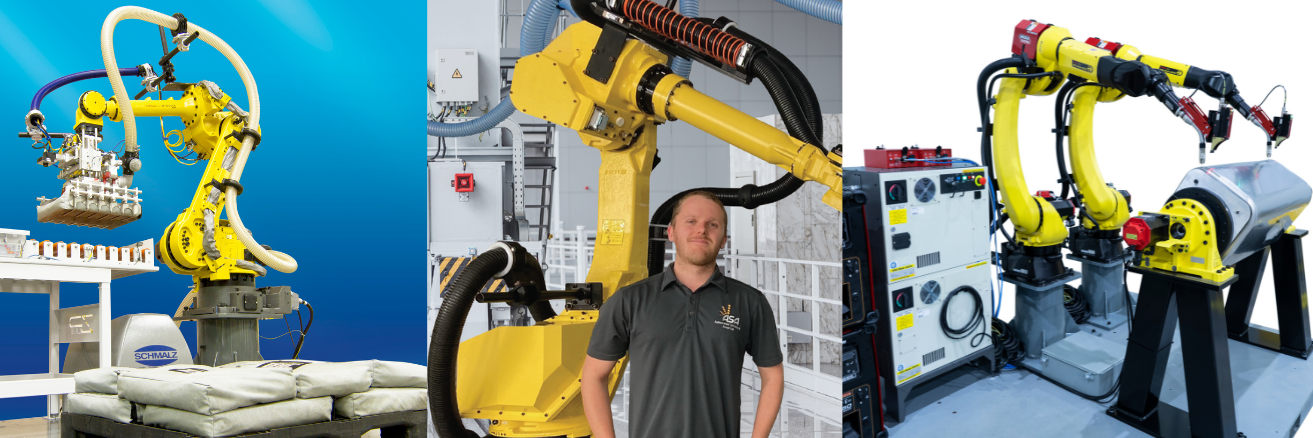In the midst of modern manufacturing, robot arms are changing the rules of production, blending accuracy, safety, and efficiency in ways that were once unimaginable. Robots are mechanical marvels that have become indispensable in numerous industries around the globe. They were developed to reduce operating costs and keep up with the highest quality standards. Incorporating robotic arms into the production lines allows manufacturers to not only reduce costs, but also increase workplace safety and productivity. Find out how these robots have transformed the landscape of industrial production.

Image credit: automatedsolutions.com.au
The primary force behind the global surge in robotic arm adoption is cost efficiency. Factories are constantly under pressure to minimize production errors, decrease material waste, and lower incident rates in the workplace. Robotic arms are designed to tackle these problems. As opposed to humans, robot arms perform repetitive tasks with pinpoint precision, eliminating costly mistakes and reducing raw material wastage. For instance, in high-volume industries such as automotive manufacturing arms perform exact welding and part placement and ensure flawless assembly each time. This accuracy can translate into significant savings since fewer damaged products means less work and waste.
The security of robotic arms is also an important element. Certain manufacturing processes like handling dangerous materials or using heavy machinery can be dangerous for workers. With the help of robot arms, enterprises can take workers away from potential danger zones. This decreases the chance of workplace injuries. Robotic arms, which are constructed as a chain of joints that move can mimic the functionality of human arms, without causing physical harm. Equipped with end effectors that can be programmed to work essentially robotic hands these machines can handle tasks such as grasping, spinning or welding in environments which are dangerous for human beings.
Robotic arms can be a game changer in a variety of industries because of their flexibility. Robot arms can adapt to various tasks, ranging from assembly for automobiles to electronic production. The fact that they can be programmed allows them to carry out intricate tasks like tending to a machine, painting, or fiberglass application with unparalleled accuracy. Robotic arms have revolutionized the palletizing process in warehouses, automating it with speed and accuracy. Automation not only increases efficiency but also assures high reliability as robots can work continuously without fatigue.
Cobots are a brand new type of robots that operate in tandem with humans. Cobots that are fitted with a robotic arm, can work seamlessly with humans unlike industrial robots that are typically restricted to cells. In a factory environment the robot arm of a cobot might handle difficult lifting or tasks that are repetitive, freeing humans to concentrate on more difficult tasks. This collaboration increases productivity as well as ensures a safe workplace since cobots may be programmed to alter or stop their movements when someone is nearby.
The effects of robotic arms go beyond safety and effectiveness to the very foundation of manufacturing today. The capability of robot arms to complete tasks with great accuracy like welding, material handling or assembly have made them vital in areas where safety is a priority. For instance, in the automotive manufacturing, a robotic arm can rotate and position parts while assembling, ensuring perfect alignment without human intervention. In electronic manufacturing, robot arms deal with delicate components with care, minimising the risk of damage and enhancing output quality.
Robotic arms are likely to increase in importance as industries grow. They can cut cost, enhance safety and adapt for different tasks, robotic arms are essential to the future of manufacturing. Combining cutting-edge technology with human ingenuity robot arms aren’t just tools. They are partners that drive forward the way we construct our world.